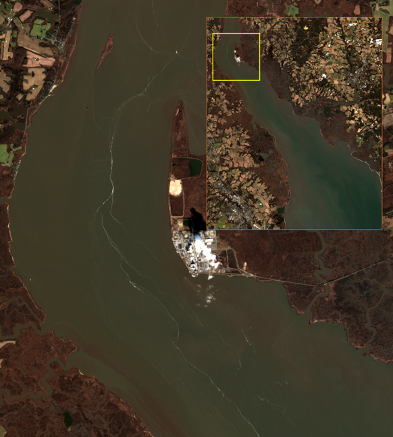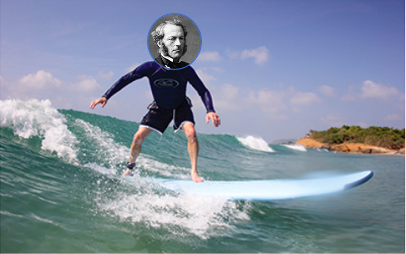Collaborative Research: Lagrangian transport and patchiness of buoyant material in estuarine systems. Physical Oceanography. NSF Physical Oceanography with University of Delaware. Total Budget $866,850. Rutgers $292,300. March 2022-Feb 2025
Understanding processes that transport material in estuarine systems is central to fundamental studies of estuarine physics as well as to management practices in these socioeconomically important and highly anthropogenically impacted systems. Buoyant material, such as floating debris, marine organisms, oil and microplastics may be aggregated and trapped within estuaries or dispersed and discharged to the coastal ocean by these transport processes. Strong convergent surface flows across the estuary organize buoyant material into laterally narrow near-surface patches that may extend up to a few kilometers along the estuary. Local currents that advect these patches may substantially differ from tidally and laterally averaged currents, which are often used to estimate estuarine transport characteristics. A major objective of this project is to contrast the transport of material in a frame work that follows the flow, known as the Lagrangian framework, from one based on fixed point reference frame, or the Eularian Framework. In many fluid problems it is well known that the Lagrangian trajectories of the surface material will differs from obtained from Eulerian flows by an amount known as the Stokes velocity. The classic example is in surface waves where the average velocity at a point (Eulerian) will be zero but a particle going with the flow will have an average velocity in the direction of wave (phase) propagation as the particle essentially surfs the wave. This project would investigate the importance of Stokes transport in estuaries using flow fields inferred by the classic models of estuarine circulation based on a Eulerian framework. The project research hypotheses are: (1) Stokes transport associated with amplitude and phase structure of tidal flows contribute significantly to the transport of buoyant material in both the along-channel and cross- channel directions. (2) Buoyant material organizes in surface patches due to the lateral estuarine circulations. (3) Patches of buoyant material are fundamentally transported by spatiotemporally localized currents that vary substantially across the estuary. (4) The observed spatiotemporal distributions of marine debris in Delaware Bay are a characteristic signature of Lagrangian estuarine transport. The project will use both modeling and observations to address transport of buoyant material in estuaries. This research will help solve practical real-world problems related to marine pollution, gas exchange and fisheries. The PIs have close working relationships with resource managers and policy makers with whom they will communicate relevant new understanding. The project will train graduate and undergraduate students, and both PIs and students will participate in public outreach events.
This project will examine transport of buoyant material in estuaries, specifically the Delaware Estuary, including its aggregation within estuaries, and the effects of resulting patchiness of buoyant material on its transport through the estuary. The hypotheses will be addressed through an integrated research program that employs original concept models as well as observations and simulations. Research objectives include: (1) Assess and advance idealized linear and weakly-nonlinear models of the three-dimensional estuarine circulations to determine key factors that control secondary circulations, such as bathymetry, tides, Coriolis force, and baroclinicity. (2) Develop and evaluate a Lagrangian framework for the estuarine circulation based on the integration of the idealized models with existing field observations and an asymptotic Stokes drift analysis to contrast fundamental differences between the Eulerian and Lagrangian approaches. (3) Conduct and integrate hydrodynamic simulations and field observations of the Delaware Estuary to understand tidal neap-spring and high-low river discharge variability. (4) Apply the Lagrangian framework to simulation and observation results, as well as recent marine debris observations, to reveal principal Lagrangian transport characteristics and improved estuarine transport estimates. By exploring and developing a Lagrangian framework this project would fundamentally advance our understanding of the physics of estuarine transport processes. This work will transform the current paradigm of estuarine material transport to include new lateral transport processes, thereby advancing the current conceptual understanding of buoyant tracer dynamics in an estuary, and will contribute to solving practical real-world problems.



